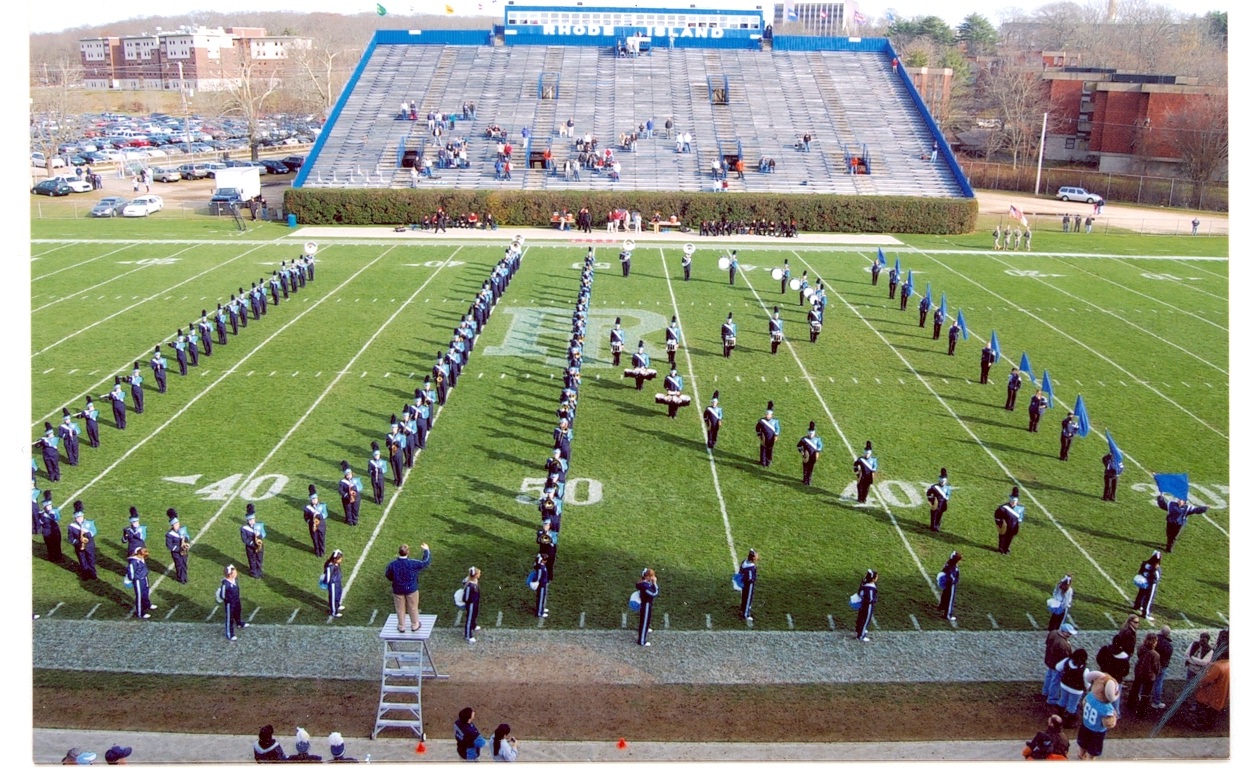 Back in 1985, President Ronald Reagan said: “We’re going to close the unproductive tax loopholes that have allowed some of the truly wealthy to avoid paying their fair share.”
Back in 1985, President Ronald Reagan said: “We’re going to close the unproductive tax loopholes that have allowed some of the truly wealthy to avoid paying their fair share.”
Almost three decades later, we’re still hearing about ultra-high income earners like Warren Buffett paying a lower tax rate than his secretary.
According to the IRS, the wealthiest 400 Americans, who earned an average of roughly $270 million in 2008, paid an average tax rate of just 18.2 percent that year. That’s about the same rate paid by a single truck driver in Rhode Island. It’s not right, and we need to restore fairness to our tax code.
And next week, we have a key opportunity to do just that. The U.S. Senate has scheduled a vote on the eve of tax day, April 16, on the Paying a Fair Share Act, legislation I introduced to require multi-million-dollar earners to pay a minimum federal tax rate of 30 percent.
Implementing the so-called “Buffett Rule” would restore some badly needed fairness to our tax system. It would also generate an estimated $47 billion in new revenue that could help reduce our federal deficit or repair decaying infrastructure. President Obama has already thrown his weight behind the bill, urging the Senate to pass the Paying a Fair Share Act — but the GOP has made it clear that they want to safeguard tax loopholes for the ultra-wealthy.
You can lend your voice to this important fight by becoming a citizen cosponsor of the Buffett Rule at www.BuffettRuleBill.com.
This would be a real win-win for middle-class families at a time when so many Americans are fed up with a system that gives special deals to the wealthy and well connected. Polls have shown that Americans across the country strongly support the Buffett Rule. And the Rhode Islanders I’ve heard from say the same thing: They’re feeling more and more squeezed by this economy, but they pay their fair share in taxes, and they expect millionaires and billionaires to do the same.
We need to act now to correct this inequity and show the American people that we are on their side. This is a test of Congress to show that we can give them a straight deal, not just help special interests.
I’m not saying this will be easy — the reality is that this will be a tough fight. But you know what? It’s the right thing to do, and we should keep at it for as long as it takes.
We know the special interests that fought for unfair tax loopholes will fight against the Buffett Rule, and you can bet that they will continue to urge Republicans to oppose our efforts to restore fairness.
That’s where you come in. As we get closer to our vote on April 16, we need to demonstrate that there is a groundswell of support to turn the Buffett Rule into law — and your voice can be part of that groundswell.
Please become a citizen cosponsor of the Paying a Fair Share Act, then call your senators and tell your friends to do the same.
If the American people make their voices heard and put enough pressure on Congress, we can restore fairness in our economic system, do what’s right for the middle class, and show that Congress can stand up to special interests.
I hope you’ll join me in this fight. It’s one worth fighting.
This post originally appeared in the Huffington Post.









